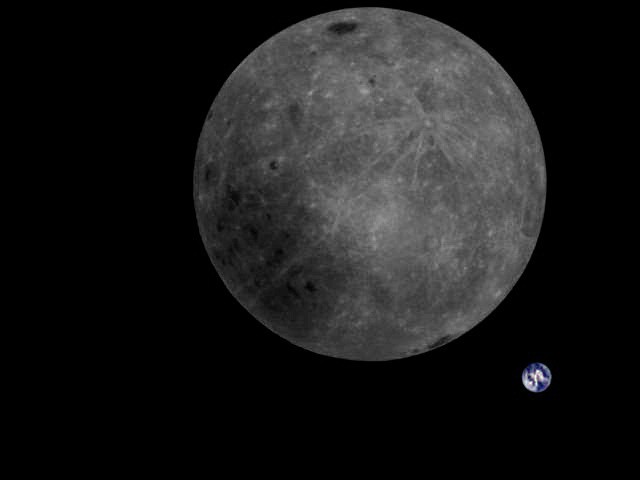
The Lunar Reconnaissance Orbiter finally found the crash site of the Chinese lunar orbiter Longjiang-2, which said finished its mission earlier this July. The announcement was made by the National Aeronautics and Space Administration earlier this month.
LUNAR IMPACT
The Longjiang-2 (or also known as Discovering the Sky at Longest Wavelengths Pathfinder) reportedly crashed on the far side of the Moon after completing its orbital mission on July 31. This month, scientists at the control of the Lunar Reconnaissance Orbiter found the crash site. The 45 kilogram spacecraft was launched by the China National Space Administration, May of last year, along with the Queqiao relay communications satellite and is designed to work with its twin spacecraft Longjian-1 to validate technologies for low-frequency radio astronomy observations. It was scheduled to orbit around the Moon for a year and was successful in exceeding the goal. Chinese astronomers decided to crash the spacecraft to avoid it becoming clutter around the lunar orbit.
According to Mark Robinson, the leader of the Lunar Reconnaissance Orbiter Camera team from Arizona State University, this impact made by Longjiang-2 spacecraft created a new crater on the surface of the Moon. In a statement, he explained and commended the wonderful job of the person-in-charge Daniel Estevez from Spain who was able to notice the newly created crater. In an image produced by the team, it can be seen that the new crater was made near the Van Gent crater, which was located 1076 feet above the sampling site. The result was obtained by comparing pre-existing captures by the LROC Narrow-Angle Camera to the estimated coordinates.
The crater created by the spacecraft measures 13 feet by 16 feet with its long axis oriented southwest to northeast.
JUST A TINY LUNAR SPACECRAFT
Longjiang-2 may be a relatively small lunar orbiter, but it was successful in being launched back in May last year and, unlike its sister satellite Longjian-1, entered the Moon's orbit four days later. The small lunar orbiter was designed to go around the Moon's orbit for a year, but it stayed for 437 days, exceeding its lifespan.
The controlled crashing of the Longjian-2 was activated at 10:20 PM Beijing time on July 31, early this year. In the news broadcast by Xinhua, China's state-run news agency, China National Space Administration explains the deorbiting activity. The Chinese space agency prides its spacecraft that is built with an optical camera designed by scientists from the King Abdulaziz City for Science and Technology of Saudi Arabia as a part of its international exchange.
During its prime, the Longjian-2 was able to capture images of the far side of the Moon and offers a different perspective of the Earth's lunar system.
Contrary to popular belief, the far side of the Moon is not necessarily dark. Various photographs captured by lunar orbiters, Longjiang-2 included, show a rather well-lit topography. The Longjiang-2's success is considered to be quite a feat for the study of the lunar surface.
Longjiang-2 is developed to be a part of China's ambitious Chang'e 4 projects specifically designed to observe the infamous far side of the Moon, which is rarely visited by previous lunar spacecraft. The success of this project lets China make a dent in the history of spaceflight. Landing on the far side of the Moon is quite a challenging task because the Moon rotates its axis at the same time it takes to complete its orbit around Earth -- this is why we only see the near side of the Moon. The near side of the Moon is where previous lunar missions happened because it is directly in Earth's line-of-sight, making communications with ground control easier.
The country is the third nation to set their eyes and successfully approached the Moon.
© 2026 ScienceTimes.com All rights reserved. Do not reproduce without permission. The window to the world of Science Times.











